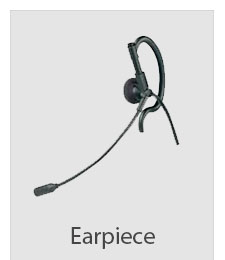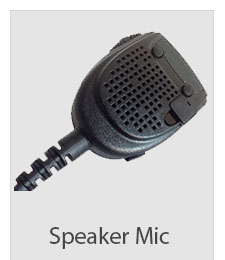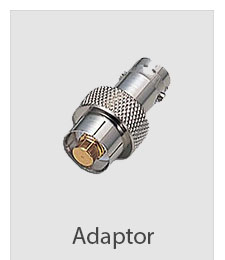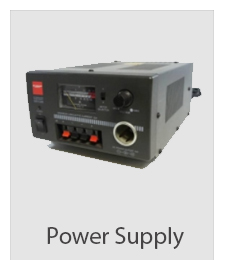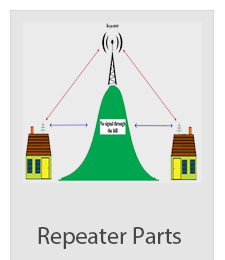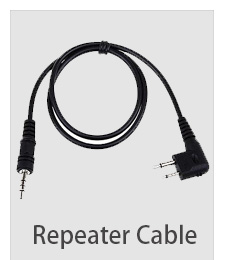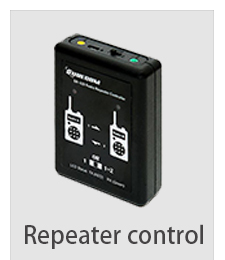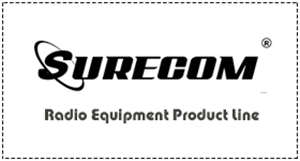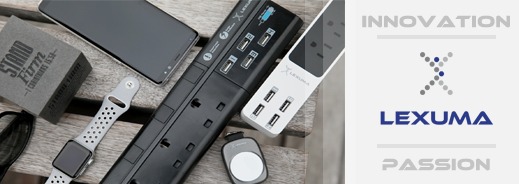What is CB Radio ?
Citizens band radio (also known as CB radio) is, in many countries, a system of short-distance radio communications between individuals typically on a selection of 40 channels within the 27 MHz (11 m) band. Citizens band is distinct from other personal radio service allocations such as FRS, GMRS, MURS, UHF CB and the Amateur Radio Service ("ham" radio). In many countries, CB operation does not require a license, and (unlike amateur radio) it may be used for business or personal communications. Like many other two-way radio services, citizens band channels are shared by many users. Only one station may transmit at a time; other stations must listen and wait for the shared channel to be available. It is customary for stations waiting to use a shared channel to broadcast the single word "Break" followed by the channel number, during a lull in the conversation.[1] This informs people using the channel that others are waiting.
A number of countries have created similar radio services, with varying technical standards and requirements for licensing. While they may be known by other names, such as the General Radio Service in Canada,[2] they often use similar frequencies (26 to 28 MHz) and have similar uses, and similar technical standards. Although licenses may be required, eligibility is generally simple. Some countries also have personal radio services in the UHF band, such as the European PMR446 and the Australian UHF CB
#CB Radio
|






